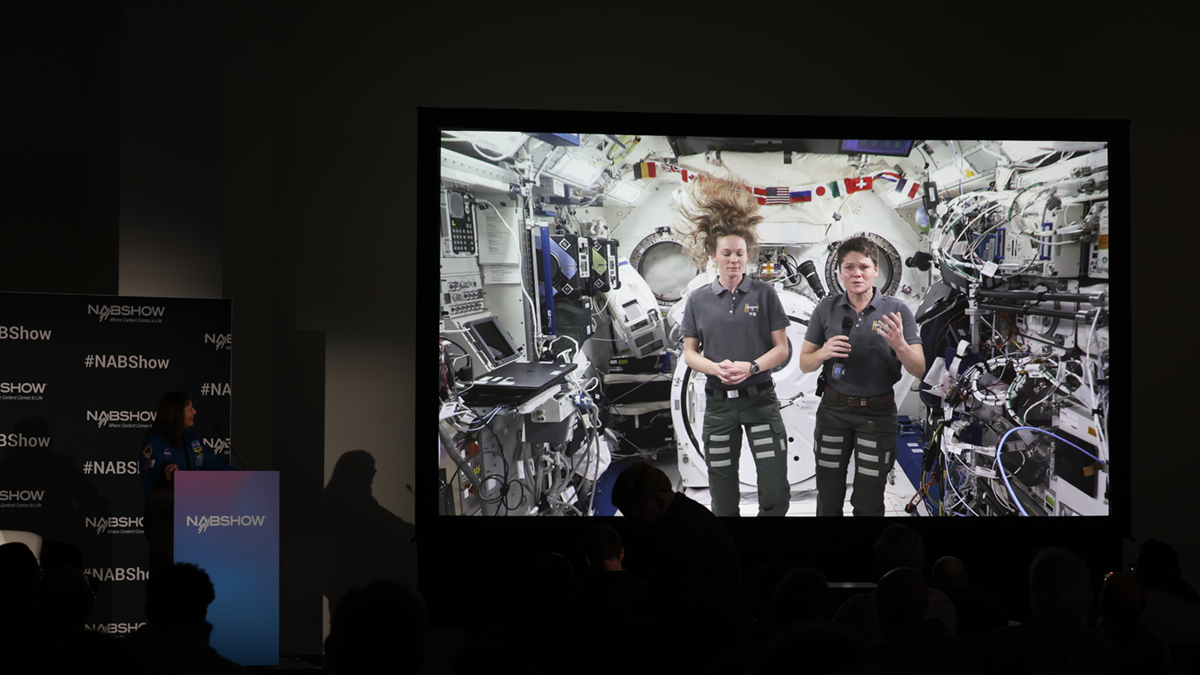Time Change Alert: Manufacturers Scramble to Offer DST Fix for EAS Encoders
Emergency Alert System encoders will likely be sending the wrong time starting Sunday, March 11 unless station engineers either upgrade their firmware or manually adjust the unit to reflect the earlier start to daylight saving time this year. The most complete reference on what needs to be done to make various manufacturers' EAS encoders work correctly on March 11 is in the SBE Short Circuits article EAS Encoder Updates for DST Change.
The article, by Gary Timm, broadcast chair of the Wisconsin State Emergency Communications Committee, said manufacturers have cautioned "users should NOT simply change the Time-of-Day readout on the front of their EAS unit on DST day. This will cause the internal UTC clock to be incorrect, causing you to possibly miss receiving alerts due to the UTC-based times sent in EAS Alerts."
Rather than miss alerts, he advises allowing the TV crawls and the time readout to show the wrong time if an EAS unit that requires an upgrade can't be upgraded by Sunday. If you can manually change the DST flag or the UTC offset, that's okay, but if the UTC clock in the unit is set an hour off to compensate for the wrong local offset, it will cause problems.
Broadcasters have faced delays in getting updates. Many were not available until this month. According to the SBE article, TFT expected to have their new EPROMs available March 1. Harris said orders for updates to the Sage ENDEC units would be shipped when they become available. Jim Gorman of Gorman-Redlich, an Athens, Ohio-based manufacturer of EAS equipment, said he would upgrade the Gorman-Redlich units if Congress makes DST date change permanent. It currently is set to expire after 2009. Burk EAS units do not automatically adjust for DST, so a manual change is required at whatever date DST starts and ends. The article said the Hollyanne Model HU-961 appears to require a manual DST switch as well. MTS expected to have an upgrade available for the MTS System 3000D EAS the first week of March. The MTS Encoder II is a software program and relies on the clock in the computer. If you install the Windows DST upgrade it should be fine.
If you want an EAS encoder that does not require an EPROM change every time a new EAS alert is added or Congress changes the start of DST, consider a PC-based software solution like the MTS Encoder II or the Trilithic EASyPLUS encoder. Like other manufacturers, Trilithic was late in releasing a fix, but its Version 6.32 firmware supporting DST was available as a no charge download in late February. Units with an Ethernet interface can easily be updated from a PC. Units with only a serial interface require a little more work to hook the PC to the serial port on the EASyPLUS unit.
Trilithic is known more for their cable EAS units than broadcast encoders, but they added the EASyPLUS unit over a year ago as their first step into the broadcast/multimedia business. This 21st century EAS encoder/decoder supports digital, cable and IPTV EAS protocols, according to Trilithic. Using the Ethernet port, it can easily be remote controlled and, if needed, updated! The company has kept a low profile. I wouldn't have known about it if I hadn't stumbled across their small booth at NAB.
Get the TV Tech Newsletter
The professional video industry's #1 source for news, trends and product and tech information. Sign up below.
